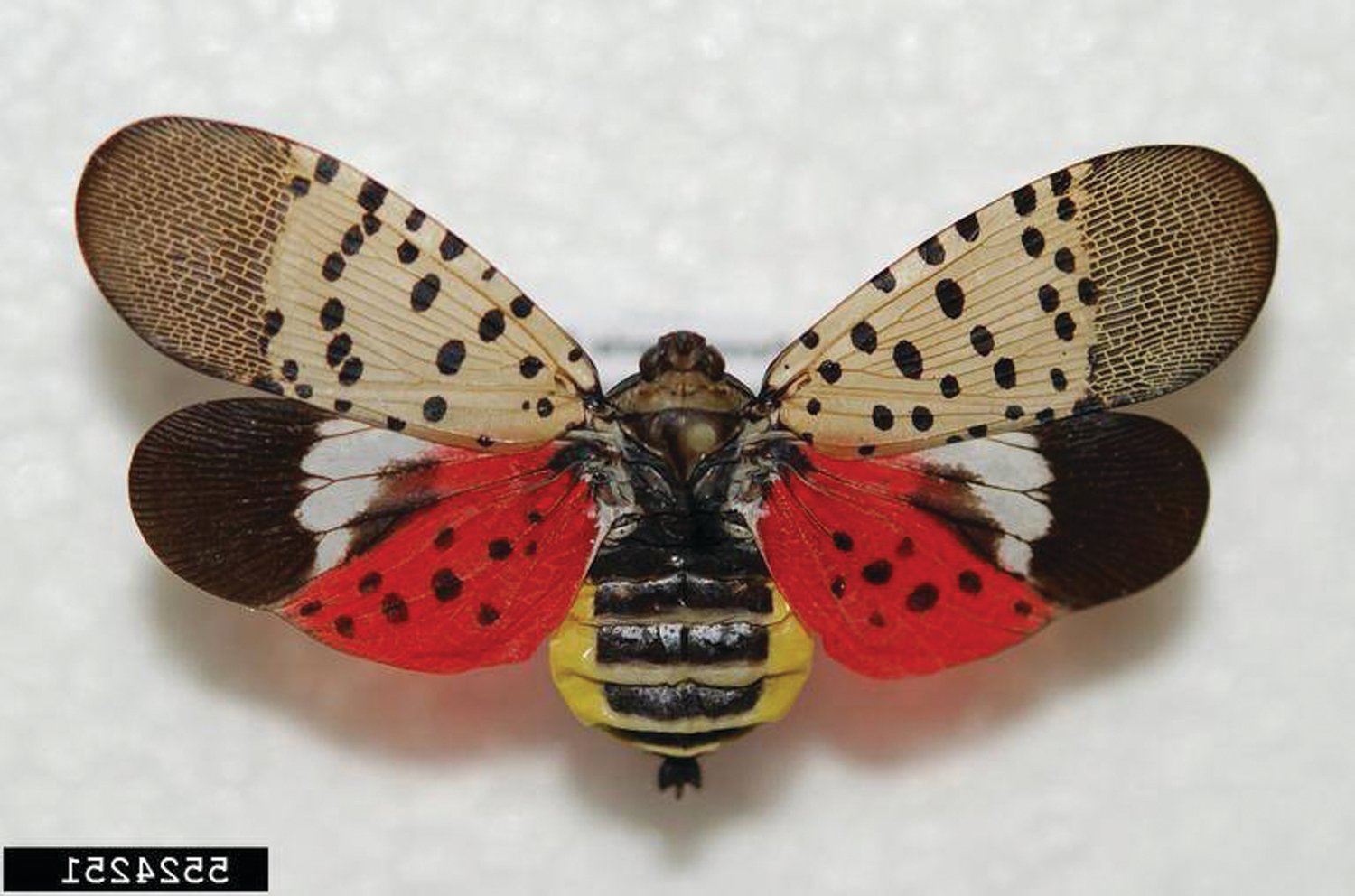

In addition, cicadas thrive in large, forested areas where few circle traps are placed.įor those who want to ensure they do not catch cicadas, Swackhamer advises removing circle traps for a few days after the once-in-17-years visitors make their debut. Still, she does not believe circle traps will significantly impact cicada procreation and survival for several reasons, most notably because the considerable number of cicadas that emerge give them, collectively, some insurance against loss from predation or other pitfalls. “Because cicada nymphs crawl up trees, just like spotted lanternflies, I wouldn’t be surprised if some cicadas wind up in circle traps.” “We have not had the opportunity to see what will happen when cicadas encounter circle traps, so we do not know,” Swackhamer said. The anticipated arrival of Brood X periodical cicadas this season has prompted questions about the potential for these occasional visitors to become causalities in the battle between citizens and the spotted lanternfly. “If property owners still decide to use adhesive tape, they should cover it with a wildlife barrier, such as window screening, and monitor traps frequently.” “Though circle traps also can catch nontarget species, the potential is significantly lower than the use of sticky bands,” she said.

“Building these traps is a good project for anyone who wants to destroy spotted lanternflies while saving money by using materials they already have on hand.”Ĭircle traps are favored over the use of “sticky” bands on trees, she pointed out, because adhesive material is not selective and can capture other animals, including pollinators such as bees and butterflies, birds, squirrels and other species.

“Some people have built similar traps, devising a range of methods that work,” Swackhamer said.
#SPOTTED LANTERN FLY CIRCLE TRAP HOW TO#
Information on how to build one can be found on the Penn State Extension website.

These traps work best on trees with smooth bark, Swackhamer explained, because bark with deep grooves may allow lanternflies to crawl underneath the trap.Ĭircle traps can be purchased commercially or can be a do-it-yourself project, using a plastic bag or a jar. Spotted lanternfly nymphs and adults are guided into a container - usually a plastic jug or bag - at the top of the funnel as they move upward to feed on the tree. “While adults also can be captured by tree traps, they may avoid the traps, resulting in less effectiveness later in the season.”Īn effective type of trap is the circle trap, a funnel-style device that wraps around a tree trunk. “Traps are most effective during ‘nymph season,’ which is April through July,” she said. Traps are easy to install, and they can capture large numbers of nymphs, noted Swackhamer. Spotted lanternfly nymphs, which will emerge from egg cases over the next several weeks, crawl up tree trunks to feed higher on the tree, and traps can intercept them. One of the ways property owners can reduce infestations on their properties is by placing traps on trees. “Spotted lanternfly continues to be a problem where it is established, and residents in some new areas will see them for the first time this year,” said Swackhamer, who has been on the front lines of the spotted lanternfly battle since the pest first was found in Berks County in 2014. Given that the pest has made inroads into Cambria, Cameron, Franklin, Lackawanna, Montour, Pike, Wayne and Westmoreland counties - prompting the state Department of Agriculture to expand its spotted lanternfly quarantine zone to 34 counties - this might be the most challenging season yet, noted Emelie Swackhamer, a horticulture educator with Penn State Extension. With spotted lanternfly egg-hatch season looming, homeowners in many Pennsylvania communities are bracing themselves for the arrival of the troublemaker and its never-ending appetite for the sap of grapevines, hardwoods and ornamentals.


 0 kommentar(er)
0 kommentar(er)
